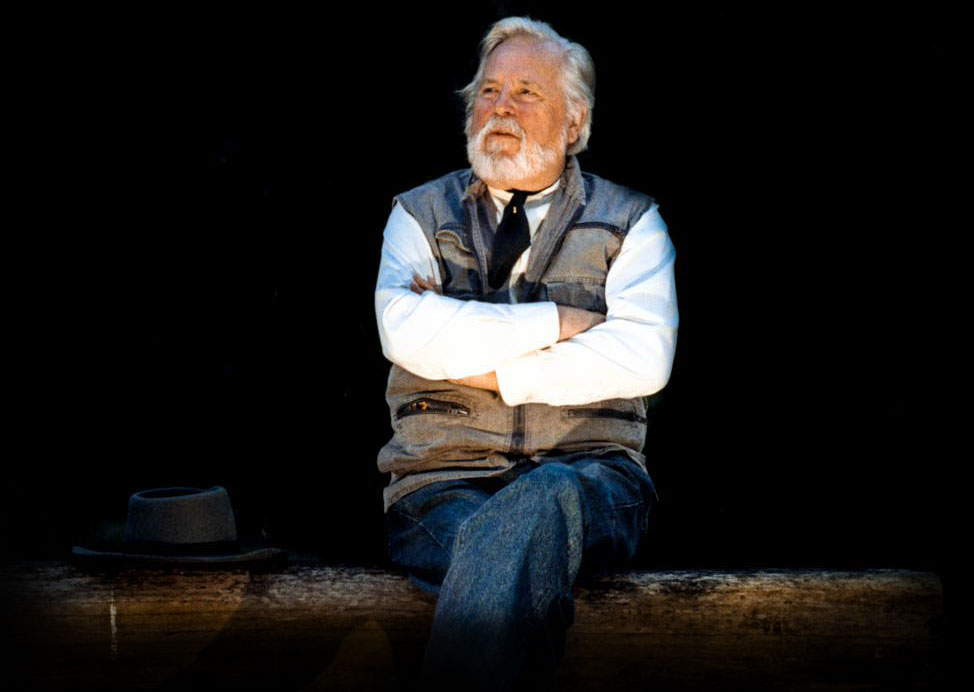Deep Thinker
“Ed also had a knack for visualization, which he called funnel vision. “Make sure you’re looking out the small opening [of a funnel] so you see the big picture,” he wrote. “It’s not enough to go after the pot of gold at the foot of the rainbow. You should consider what’s behind the pot of gold. What’s behind the rainbow? That’s where the future is hiding.”
Funnel Vision
Although enterprising as a youth, Ed was not a particularly good student — something he attributed to having a “maverick mind” that frequently wandered in the classroom. For example, instead of focusing on a lesson about the Spanish War, he might contemplate whether a beaver could be trained to sharpen pencils.
“Studying is to follow the tracks of someone else. It’s like a street cleaner following the horses,” Ed later wrote. “Yet thinking is fun. Thinking is to use your mind like a muscle, shoving ideas and notions around like they were cartons to be loaded or unloaded from a dray wagon.”
The Ingenious Mind of Ed Lowe

“Ed had the mind of an engineer,” says Mike McCuistion, the foundation’s vice president of physical resources. “He could break down issues, functions and processes to lower basic levels and determine solutions. Ed was always wanting to find ways to make things better, stronger, more efficient — and he seemed to get great satisfaction out of finding a solution to a problem.”
To that end, Ed spent a lot of time in quiet reflection, which he referred to as “pondering,” and considered it a critical element in the creative process. “Creative people do not regard problems as irritations, nor perplexing,” he wrote. “They find problems interesting, even entertaining.”
Pondering is not a procedure to be taken lightly or confused with mere thinking, he added. “When you ponder, your mind is used with a more in-depth concentration procedure…a time your mind communicates with you. Not for you but with you.”